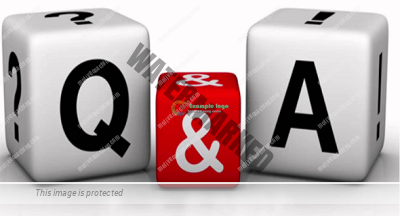
Coach Atul Godbole answers your training related questions…
Q. Sid asks: “I find that my cadence is lower at easy runs and higher for faster runs. Is this normal?”
A. Yes, its normal. Generally, for most runners, the faster the pace of running, the higher the cadence will be. Pace comes from just two factors: cadence and stride length. When you run faster, both cadence and stride length generally increases.
Q. Preeti asks: “I ran 5K in 38 minutes, so 38/5 gives a pace of 7.6, why does my Garmin show a pace of 7.36?”
A.You are confusing between decimal and minutes/seconds. Its a common mistake. 7.6 is correct but that’s in the decimal system (based on 10). However, the Garmin shows the pace in mm:ss format which is based on 60. So .6 decimal is 36 seconds (.6 x 60 = 36), which is correct.
Still confused? Here is an easy way to think about it: try to think of it as “parts out of”. So decimal .x means x parts out of 10/100/1000 parts, depending on precision. It means the minute is considered to be made of 10/100/1000 parts. So 5.25 means 5 whole minutes and 25 parts out of 100. 6.5 means 6 whole minutes and 5 parts out of 10.
In the mm:ss format, a minute is considered to be made of 60 parts (seconds), which corresponds nicely to real life . So a pace of 5:30 means 5 minutes and 30 seconds (parts) out of 60.
Conversion between the two is easier when you think of it as “parts out of”. So .5 means 5 parts out of 10 (half the parts). So whats half of 60 seconds ? 30 seconds. Thus 5.5 decimal is equal to 5:30 in mm:ss format.
Runners and triathletes, have training, diet, nutrition related queries? Send email to askthecoach@motiv8coaching.com